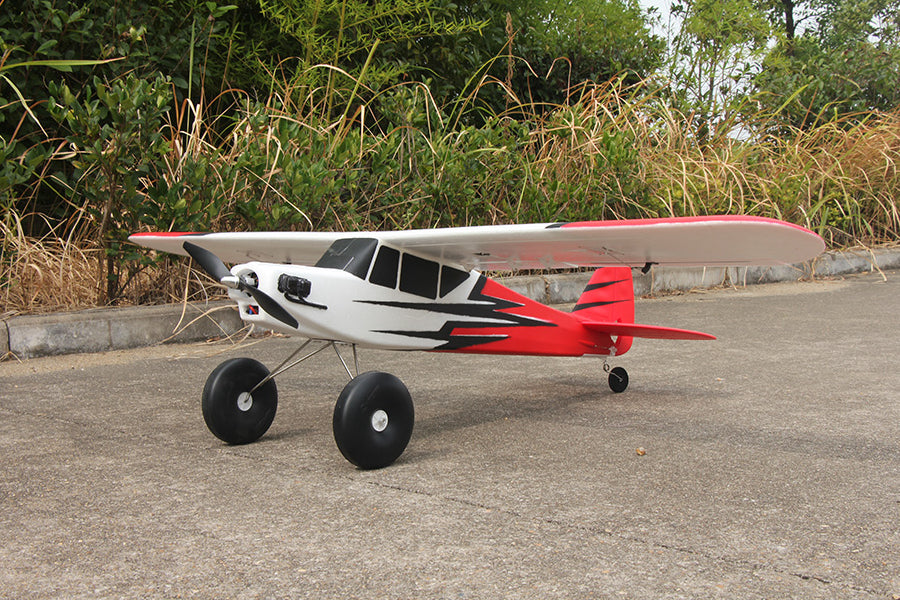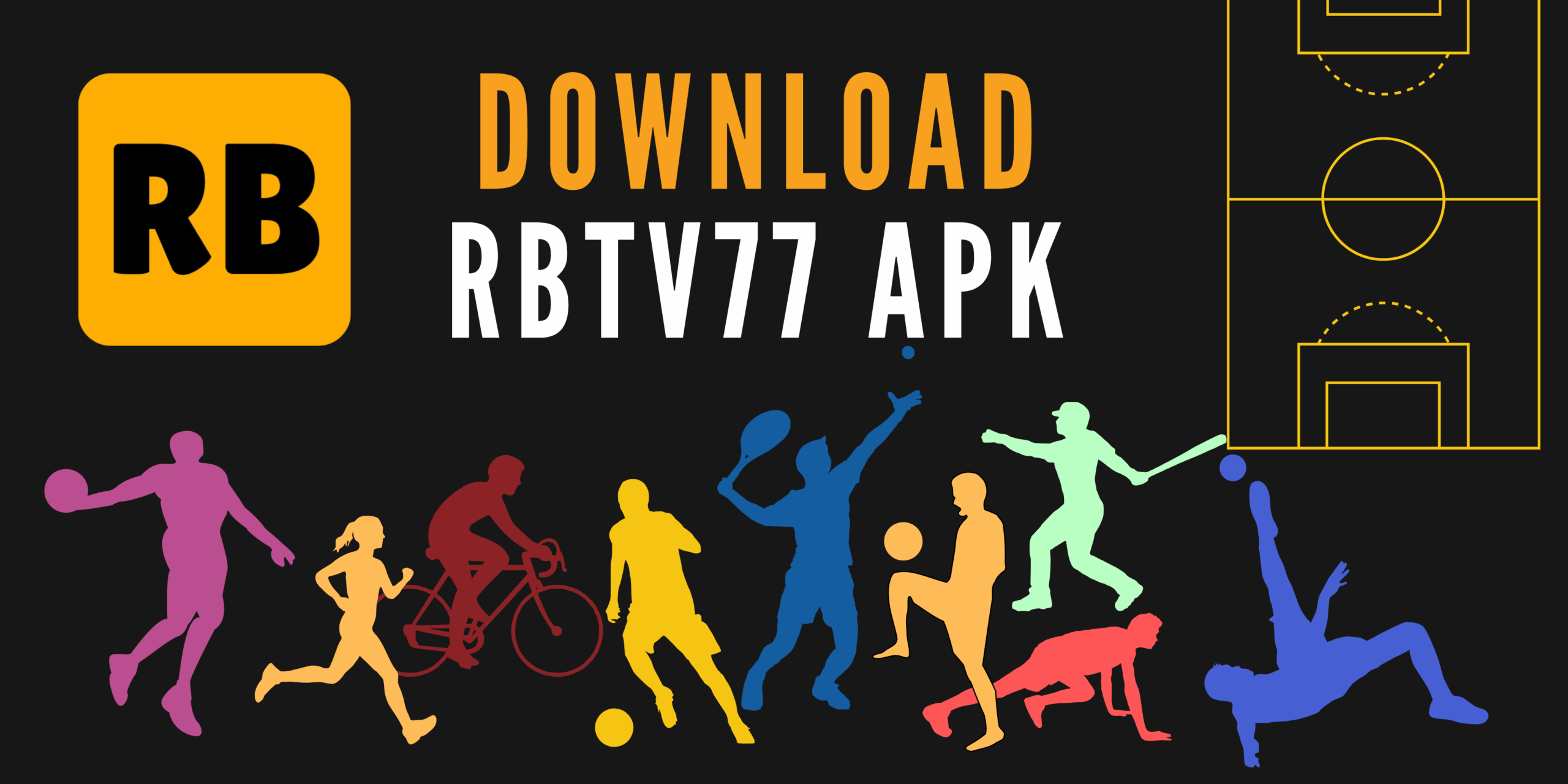Flying a remote-controlled (RC) aircraft is an exhilarating hobby, but it can be daunting for newcomers. One of the most important aspects of mastering RC flight is understanding the various flight modes available on your RC transmitter. As a beginner, choosing the right flight modes can make the difference between a smooth learning experience and a frustrating one. In this article, I’ll explore the best beginner rc planes for beginner RC pilots, share some personal experiences, and provide helpful tips to set you up for success.
Understanding Flight Modes in RC Aircraft
Before diving into the specifics, let’s first clarify what “flight modes” mean in the context of RC aircraft. Flight modes refer to different settings that control how your RC plane reacts to the transmitter inputs. These modes adjust the aircraft’s stability, control sensitivity, and response, making them an essential tool for both beginners and experienced pilots. Choosing the right mode can help you gradually build your skills while reducing the risk of accidents.
The Best Flight Modes for Beginner RC Pilots
As a beginner, the goal is to make learning as straightforward and safe as possible. Here are the top flight modes that every new RC pilot should consider:
1. Beginner Mode (Stabilized Mode)
This is often the default flight mode for most beginner-friendly RC aircraft, including trainer planes like the Dynam Primo RC Beginner Trainer. In this mode, the aircraft is typically much easier to control because the flight software automatically stabilizes the plane. When you release the control sticks, the plane will return to level flight on its own.
Why it’s great for beginners:
- Automatic stabilization: The plane won’t flip or spin out of control when you make mistakes.
- Reduced sensitivity: The controls feel less responsive, which helps avoid over-correcting.
- Enhanced safety: Beginner mode reduces the chances of crashing by limiting roll and pitch movements.
Personal Experience:
When I first started flying the Dynam Primo RC Beginner Trainer, I used the beginner mode extensively. The plane would automatically level out, making it easier to focus on the basics: throttle control, turns, and maintaining altitude. It allowed me to build confidence quickly without worrying too much about technical maneuvers. For anyone new to the hobby, I highly recommend starting with this mode.
2. Intermediate Mode (Training Mode)
Once you’ve gained confidence in beginner mode, you can transition to intermediate mode. This mode is designed to offer more control without being as challenging as full manual mode. The aircraft may still have some degree of stabilization, but it allows for greater responsiveness and more flexibility in maneuvering.
Why it’s great for beginners:
- More control: You have more freedom to perform maneuvers, like sharper turns or stalls, while still having some level of assistance.
- Step towards advanced modes: This mode bridges the gap between beginner mode and expert mode.
- Improved learning curve: You’ll be able to fine-tune your control inputs as you get more comfortable.
Personal Experience:
After mastering beginner mode, I found intermediate mode a nice challenge without being overwhelming. The Dynam Primo, in particular, felt more agile in this mode, allowing me to experiment with tighter turns and gentle loops. While it was a bit more sensitive, I never felt out of control, which made the transition a smooth one.
3. Expert Mode (Manual Mode)
Expert or manual mode is the most advanced flight mode, where the aircraft responds directly to your input without any flight stabilization. In this mode, the plane is fully dependent on your skills. While it offers the most freedom and excitement, it’s also the hardest to control.
Why it’s great for advanced pilots (not recommended for beginners):
- Full control: The aircraft’s movements are entirely based on your inputs, allowing for complex aerobatic maneuvers.
- Maximum agility: With no stabilization software, the aircraft can perform sharp, aggressive turns, loops, and rolls.
- Ideal for experienced pilots: Once you’ve mastered the basics, expert mode allows for a full range of flight experiences.
Personal Experience:
I’ve flown my Dynam Primo RC in expert mode a few times, but I was definitely more cautious. It’s exhilarating, but also challenging—every correction I made had to be deliberate and precise. For beginners, it’s best to wait until you’re fully comfortable with the other modes before attempting manual control.
Other Flight Mode Considerations
1. Altitude Hold Mode
Some RC aircraft come with an altitude hold feature, which uses barometers or GPS to maintain the plane’s altitude even if you let go of the throttle stick. This mode is useful for beginners because it reduces the need to constantly manage altitude during flight. It allows you to focus more on turning and maintaining direction.
2. GPS Mode
While more common in drones, some advanced RC planes also have GPS-based flight modes. These modes use GPS to help the aircraft maintain position, which can be a lifesaver for beginner pilots. If you let go of the controls, the plane will hover or return to its original location.
When Should You Switch Flight Modes?
Knowing when to transition between flight modes is key to your progression as a pilot. Here’s a rough guideline:
- Start in Beginner Mode: Begin with stabilized or beginner mode until you can confidently fly in a straight line, perform gentle turns, and maintain altitude.
- Move to Intermediate Mode: Once you can fly in a straight line without issues and execute basic maneuvers (like gentle turns), try intermediate mode. This will allow you to refine your skills and work on more complex control inputs.
- Progress to Expert Mode: After you feel comfortable with basic control and are ready for more challenging maneuvers, switch to expert mode. This is where you can really have fun pushing the limits of your aircraft.
Table: Comparison of Flight Modes for Beginners
| Flight Mode | Stability | Control Sensitivity | Ideal For | Key Features |
|---|---|---|---|---|
| Beginner Mode | High | Low | New pilots | Auto-leveling, minimal control response |
| Intermediate Mode | Moderate | Medium | Pilots with basic skills | More freedom, still some stabilization |
| Expert Mode | Low | High | Experienced pilots | Full control, no assistance, complex maneuvers |
Frequently Asked Questions (FAQs)
1. What’s the best flight mode to start with as a beginner?
It’s best to start with Beginner Mode. This will help you get used to flying without worrying about losing control. The stabilization ensures the plane automatically levels itself, reducing the risk of crashes.
2. How long should I stay in Beginner Mode?
Stay in Beginner Mode until you can fly in a straight line, make turns without losing control, and manage altitude. Once you feel comfortable, try switching to Intermediate Mode to further hone your skills.
3. Can I use Expert Mode immediately?
Expert Mode is not recommended for beginners. It requires precise control, and without the assistance of stabilization, it can be difficult and risky. It’s best to transition gradually after gaining experience in the other modes.
4. Do all RC planes have flight modes?
Not all RC planes come with multiple flight modes. However, many trainer planes, such as the Dynam Primo RC, are equipped with beginner and intermediate modes to help pilots ease into the hobby.
5. Should I practice indoors or outdoors?
As a beginner, it’s best to practice indoors with a small, lightweight trainer or outdoors with a calm day and plenty of space. Outdoor flying offers more freedom, but it also introduces more variables like wind.
Conclusion
Choosing the right flight mode is crucial for beginner RC pilots. Starting with Beginner Mode gives you the stabilization needed to build confidence and learn the basics. As you progress, Intermediate Mode will offer more control and opportunities for improvement. Only when you feel fully confident should you attempt Expert Mode for advanced maneuvers.
My experience flying the Dynam Primo RC Beginner Trainer in these modes has been a journey of gradual improvement. By starting with Beginner Mode and moving through Intermediate Mode, I’ve been able to steadily build my skills. This approach ensures that I can fly safely while still enjoying the thrill of RC aviation. Happy flying, and remember, progress comes with patience!





